And let us remember a final duty: to understand that these men made themselves immortal by dying for something immortal, that theirs is the best to be asked of any life — a sharing of the human heart, a sharing in the infinite. In giving themselves for others, they made themselves special, not just to us but to their God. “Greater love than this has no man than to lay down his life for his friends.” And because God is love, we know He was there with them when they died and that He is with them still. We know they live again, not just in our hearts but in His arms. And we know they’ve gone before to prepare a way for us. So, today we remember them in sorrow and in love. We say goodbye. And as we submit to the will of Him who made us, we pray together the words of scripture: “Lord, now let thy servants go in peace, Thy word has been fulfilled.”
An excerpt from President Ronald Reagen’s speech to the families of the USS Stark, May 22, 1987.
A recent comment on this blog came from someone I didn’t know. Its timing was prescient, appearing on a day of tremendous importance that I had forgotten in the fog of everyday living. I have written here before about connections using the metaphor of dropping a pebble in a vast body of water – a seemingly simple act that can nonetheless touch distant shores. John Donne’s poem, For Whom the Bell Tolls, tells us that we are all one, interconnected, and not islands of mankind, even in death. This theme of connection also applies to my life as a fly fisherman, for the very act of fly fishing is fundamentally based on connections – the knots we tie, the line we use, the casts we make, the flies we use, and ultimately the act of enticing a fish to strike.
So out of the blue I was reminded by a former sailor, named Dan, that I had missed the anniversary of the attack on the USS Stark in the Persian Gulf on May 17, 1987. I felt bad that I had to be reminded, but grateful to hear from a sailor who shared my own loss.

It turns out Dan once worked for a Stark crewmember by the name of Bob Shippee, one of the 37 sailors who lost their lives as a result of the attack on the USS Stark. Dan’s email correspondence following his blog comment reinforced the importance of connection and celebrated the impact one life can have on another.

Dan was fresh out of Fire Control Systems “C” school in 1977, an E4 (3rd class petty officer) and was assigned to serve at the Sperry plant in Ronkonkoma NY. Sperry was the maker of the MK92 fire control system used on all Oliver Hazzard Perry guided missile frigates, like the USS Stark. At the plant, the Navy ran a full scale mock-up of an Oliver Hazzard Perry class combat system. The detachment used the mock-up to develop preventive maintenance procedures, exercise the system software, and train new Combat System crews prior to reporting for duty to their newly commissioned ships. In total, over 20 sailors and 2 officers were on hand at the Sperry unit, all of them having to be the best in the fleet in order to get such a plum but vitally important assignment.
Bob Shippee was Dan’s lead petty officer, and in Dan’s own words, “the kind of person who commanded instant respect.” Shippee was “confident without being arrogant, had superb technical knowledge, and could easily hold his own with engineers who integrated the system equipment.” He did more for Dan as a man than any of his friends. Dan credits Shippee for lessons he still uses in his career as an engineer, including the values of continuous learning, integrity, respect, hard work and duty.
According to Shippee’s obituary in the Watertown Daily Times, Shippee grew up into a smart kid who preferred to keep a low profile in school. He wrestled in high school, hunted and fished as many kids do in upstate New York, and worked in the afternoons after school at a local horse ranch. With the draft on in 1969, Shippee decided to sign up, partly out of patriotism, and partly because he could take his pick of service. His father suggested the Navy. Although Shippee signed up at a time when the draft was still in force, he did not have to join the service. A boyhood operation had left him with only 10 percent of his hearing in one ear, but recruiters believed he was faking it. When tests proved otherwise, they told him he could obtain a deferment. Shippee refused and his stance of take it or leave it must have impressed the recruiters because the Navy took him on anyhow. And this would end up being one of life’s greatest blessings for my new friend, Dan.

In reverence for his former shipmate, Dan finds a quiet spot alone, every Memorial Day. There he thinks about the loss of his friend, Bob Shippee, and all the others throughout history who have given their lives for their country. I do much the same. As in past years, I return to Balls Eddy every Memorial Day. On one such Memorial Day, soon after hearing from Dan, the West Branch of the Delaware ran clear and cold, the birds were in full song, mayflies and caddis fluttered about in the spring air, and eagles soared effortlessly against bluebird skies. I arrived before 8 am, rigged up, put on my waders, and after a walk and wade downriver, was soon at the head of a long run I love to fish. The head of the run has fast water where the water bubbles and foams white. Behind the large rocks at the head of the run are eddies and good holding water for trout and it’s there I like to fish a nymph, dead drift.

For the first hour of the morning’s fishing, I chose flies that matched what was hatching. Caddis rode the wind upriver, but my imitations were not getting any interest. 9 o’clock came around and I knew I would soon hear three volleys of the gun salute made by a Marine Color Guard at the cemetery.
At 9:05 AM I heard the shots, the salute to the fallen, and their echo off the surrounding verdant hills. I paused, retrieved my flies, and got very quiet. I said a prayer for all of the fallen heroes of the Stark with whom I served; DeAngelis, Kiser, Foster, but I added one more name this time – that of Bob Shippee – because I now knew him through Dan. The rush of the river sang aloud and seemed to lift my prayers skyward. And I wondered if he heard me.
Then I changed out my fly for a March Brown soft hackle and cast upstream into the fast water. I watched my indicator, kept slack out of my line, and followed it as it passed in front of me. On that first drift my indicator shot like a rocket upstream. I lifted my rod on instinct and instantly felt that good spongy heaviness of a large trout. I saw the flash of the fish as it fought, slowly and carefully played it out of the fast water, yielding to its powerful runs, then gaining line, and finally brought it to the net. I removed the fly and cradled a beautiful brown trout gently and reverently in my hands, set it down for a quick picture and then released it. The trout swam off and vanished back into the river. And I knew then that Bob Shippee had heard me…

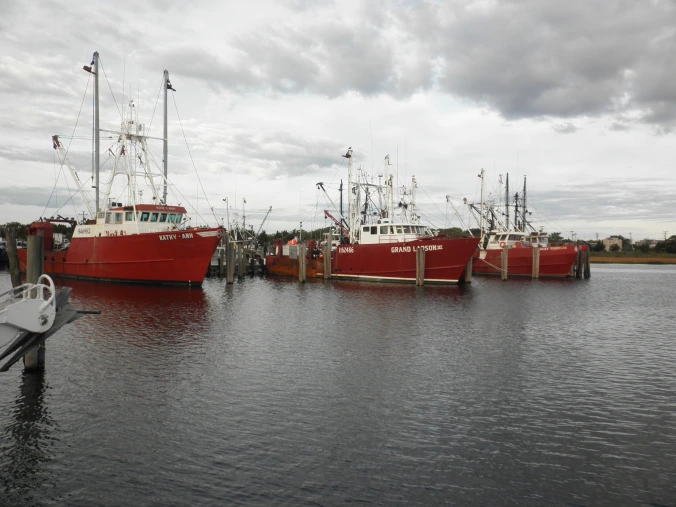
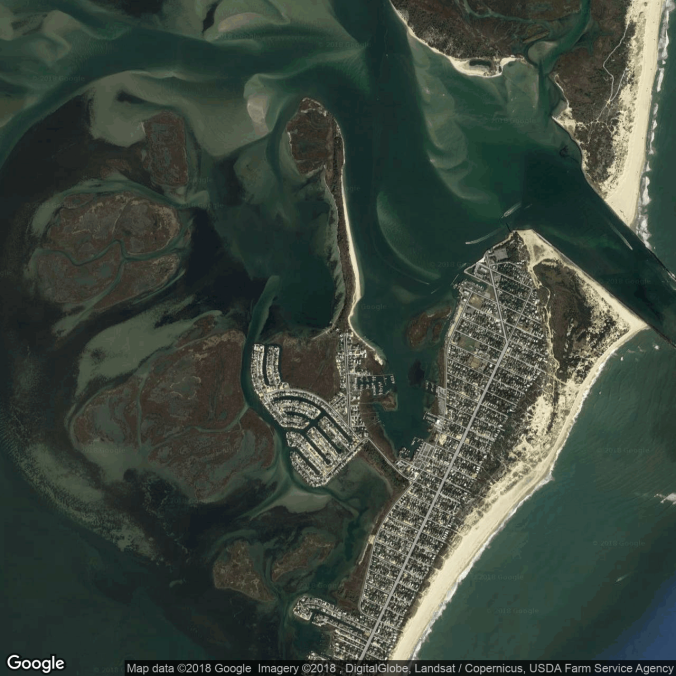
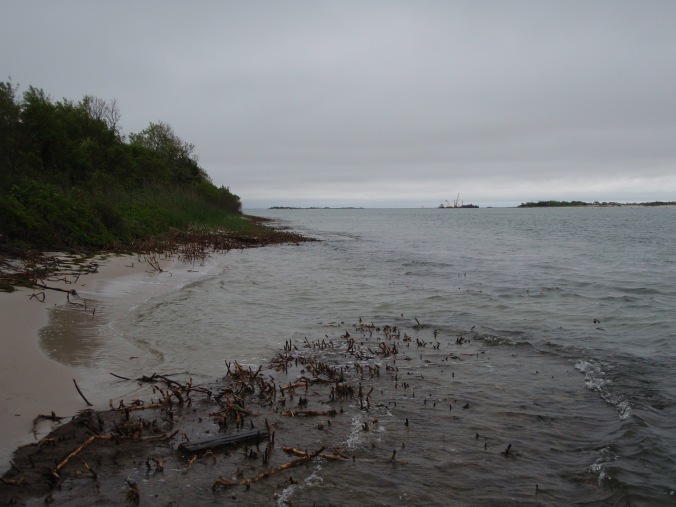
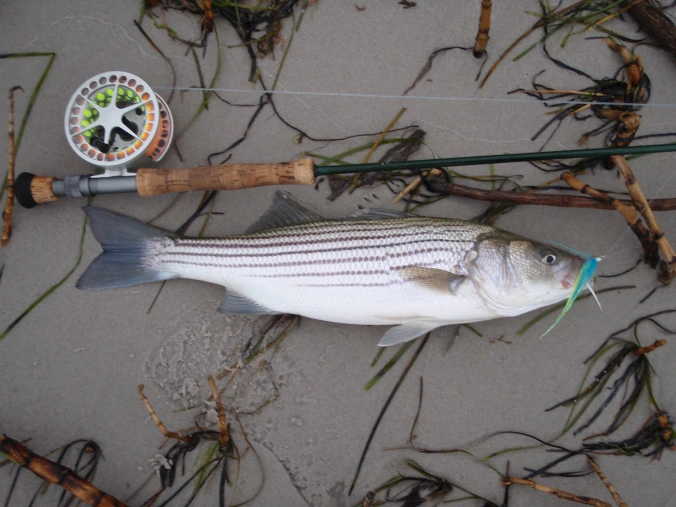
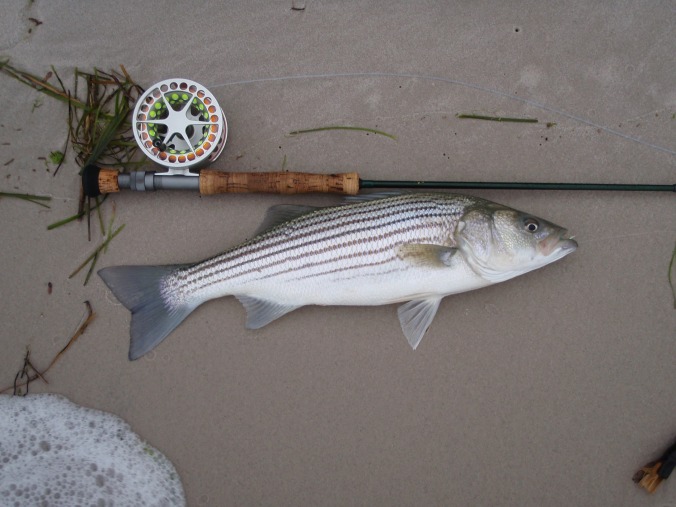
Recent Comments